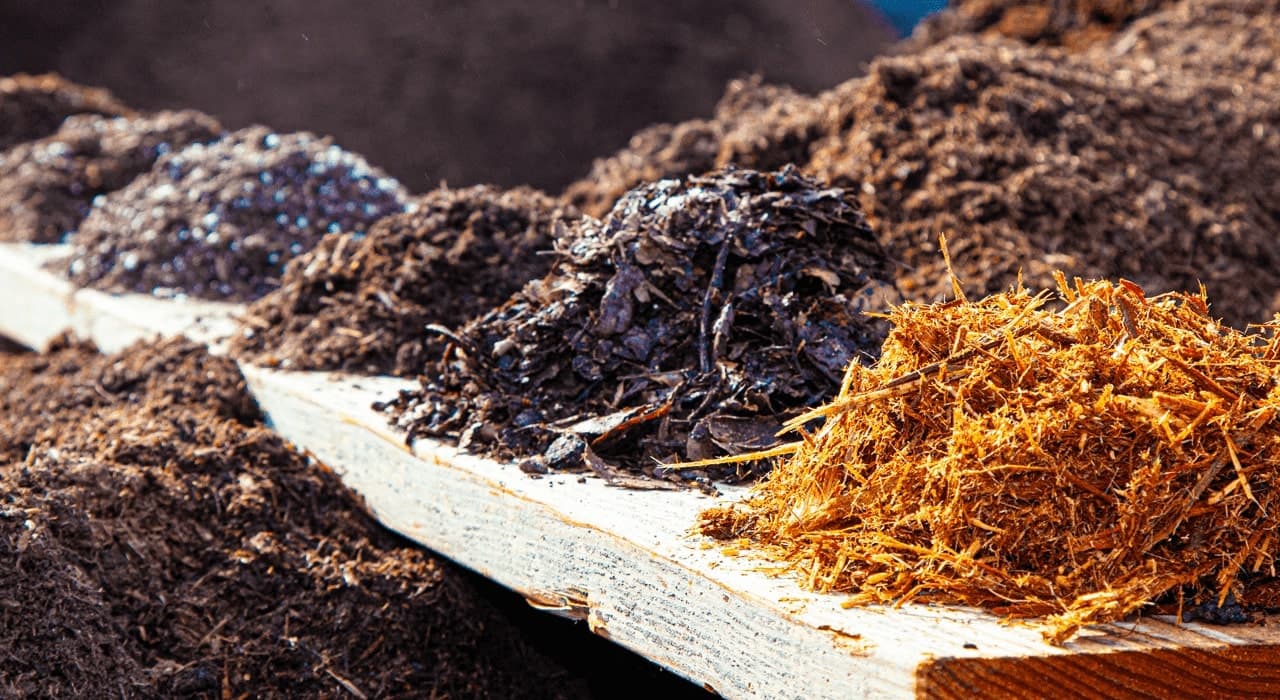
Hey there, folks! Today, we're going to tackle a topic that's been gaining popularity among homeowners: dyed mulch. You might have seen it in your neighbor's yard or at the local garden center, but let me tell you, it's not as harmless as it seems. In this blog post, we'll dive into why you should steer clear of dyed mulch and explore some healthier alternatives that can do wonders for your plants and the environment.
- Dyed Mulch Fails to Break Down:
One of the fundamental purposes of mulch is to enrich the soil and provide essential nutrients to your plants. Unfortunately, dyed mulch fails in this regard. Unlike its natural counterparts, it stubbornly resists breaking down over time. Instead, it disperses artificial dyes and contaminants into the soil, potentially causing harm or even death to your beloved plants. Unlike other mulches that decompose and contribute valuable organic matter, colored mulch disrupts the delicate balance of the soil's ecosystem. This disruption can have negative consequences for beneficial bacteria, insects, earthworms, and other essential components necessary for your plants' overall health.
- Nitrogen Deprivation:
Nitrogen is a critical nutrient for supporting healthy soil and promoting robust plant growth. However, dyed mulch exacerbates an already limited nitrogen supply. This colored mulch competes with your plants for the scarce nitrogen available in the soil, resulting in a detrimental effect on their growth and development. Young plants, in particular, are highly susceptible to this competition, struggling to thrive and even survive due to nitrogen deficiency. If you're eager to witness a flourishing garden, it's best to steer clear of dyed mulch to ensure your plants receive the vital nitrogen they need.
- Harmful Effects on Living Organisms:
Let's not overlook the potential dangers dyed mulch poses to all forms of life within your yard's ecosystem. From humans to animals and the diverse array of critters that call your garden home, dyed mulch presents a real threat. Common contaminants found in dyed mulch, such as chromium, copper, lead, formaldehyde, and arsenic, can wreak havoc on the environment and pose risks to living organisms. If you have young children or pets who frequently play in your yard, it becomes even more critical to avoid using colored mulch to protect their well-being.
- Dubious Origins:
It's essential to consider the origin of the materials used to produce dyed mulch. Often, this mulch is derived from recycled wood waste, construction waste, or even demolition waste. Imagine old pallets or pressure treated CCA lumber finding their way into your garden. Before being transformed into mulch, these materials have typically been treated with hazardous substances. Although the dyes used in colored mulch are typically carbon-based or iron oxide-based, they can still carry contaminants that harm the soil and the environment. Moreover, dyed mulch fails to provide any significant nutrients to support your plant's growth, defeating the purpose of using mulch in the first place.
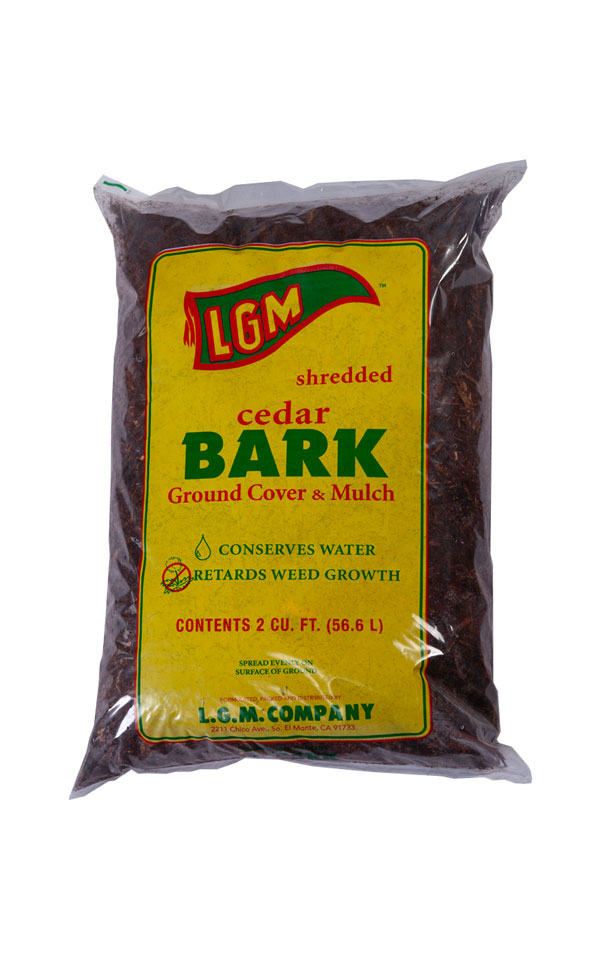
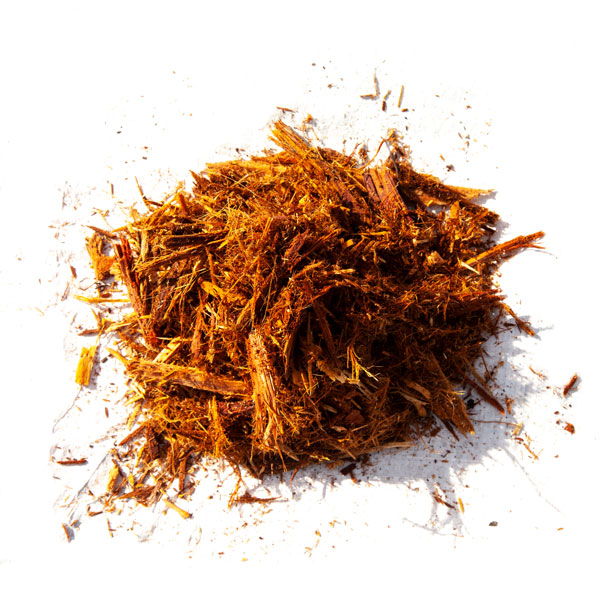
Natural Alternatives
- Pine Needles
Pine needles provide insulation for plants, retain soil moisture, inhibit weed growth, and enrich the soil with nutrients.
- Natural Double- or Triple-Processed Mulch
Double- and triple-processed mulch, typically made from ground tree bark and wood, serve as effective barriers against weed overgrowth. Mulch also has the added benefit of supporting microbial decomposition which helps to release nutrients into the soil
- Cedar Mulch
Cedar mulch creates a healthy and nutrient-dense environment for plant development. Cedar mulch effectively suppresses weeds and requires minimal maintenance. However, its natural bug-repelling chemicals may deter beneficial insects. Additionally, cedar mulch’s vibrant color allows it to be a natural alternative to dyed mulches.
LGM Cedar Bark is a great natural alternative, free of the negatives described above.
- Pine Bark
Pine bark mulch offers a long-lasting and visually appealing natural alternative to dyed mulch. It acts as an insulator, preserving soil moisture and protecting plants from extreme temperatures. Additionally, it contributes essential nutrients and aluminum to the soil, promoting robust growth.
- Shredded Leaves
Shredded leaves are commonly used as mulch due to their rapid decomposition and nutrient-rich properties. They provide valuable nourishment to the soil and facilitate a healthy ecosystem by supporting earthworms and other beneficial microorganisms. Moreover, using shredded leaves as mulch offers a cost-effective option compared to store-bought alternatives.
Instead of relying on dyed mulch, which may not create an environment conducive to plant and human/pet health, there are numerous appealing and natural alternatives available. These alternatives offer better support for your landscaping needs while promoting a nutrient-dense and thriving ecosystem.
